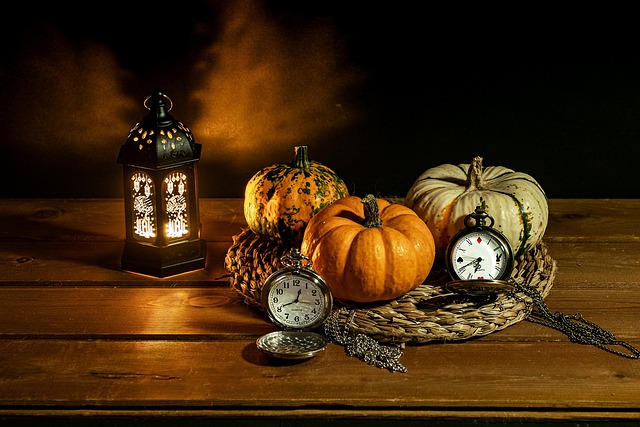The Power of Visual Culture: A Composition Perspective
In our increasingly interconnected world, visual culture has emerged as a cornerstone of communication, influencing the ways we express ourselves and comprehend the world around us. It pervades our daily lives—through films, social media posts, advertisements, and art—shaping our perceptions and experiences. But what does this mean from a composition standpoint? How can we harness the dynamic interplay between visuals and textual elements to create compelling narratives?
Understanding Visual Culture
Visual culture encompasses not just the images we see, but the meanings we ascribe to them. The images we encounter can evoke emotions, provoke thoughts, or even catalyze movements. Whether it’s the graphic imagery of a political campaign or the serene landscapes of a landscape photograph, each visual piece serves as a medium of communication, inviting the viewer to engage in a dialogue.
Composition in Visual Storytelling
When writing, the integration of visual elements can enhance the composition dramatically. Think about the last time you read a blog post or an article that featured strong images alongside the text. Such a composition doesn’t just convey information; it evokes feelings and encourages the reader to forge connections. The colors, shapes, and layouts used in visual culture can transform a simple narrative into a vivid storyline, making it memorable.
The Emotional Resonance of Images
One of the key strengths of visual culture is its ability to elicit immediate emotional responses. An impactful photograph can tell a story that resonates at a human level—perhaps a smile from a stranger, the raw beauty of nature, or a striking political statement. As writers and creators, we can learn from this aspect of visual culture; how can our compositions not only inform but also inspire and provoke? By considering how visuals impact our narrative, we can create a richer, more engaging experience for our audience.
Embracing Multimodality
Today, the concept of multimodality is essential in understanding composition. It’s the idea that communication spans across multiple modes of expression. By blending text with visuals, we can formulate a more comprehensive understanding of a topic. As creators, we should embrace this approach—think infographics, interactive websites, and visual essays. Each mode serves a purpose, and their confluence allows for multifaceted storytelling that can engage different audiences.
Application in Educational Spaces
In educational environments, leveraging visual culture can enhance learning and engagement. Students can express their understanding and creativity not only through written assignments but also through visual projects. By doing so, they learn to communicate through various mediums, reflecting the richness of contemporary discourse. Instructors can promote an understanding of visual literacy by encouraging students to critically analyze and create visual content alongside traditional essays.
Final Thoughts on Visual Culture and Composition
As we navigate this visual landscape, it’s crucial to recognize that the power of visual culture lies in its capacity to connect us. By bridging the gap between visuals and text, we create opportunities for deeper understanding and empathy. Let’s embrace these lessons and expand our creative horizons, knowing that visual culture is not merely an addition to our compositions, but a vital component that can enrich our narratives.



